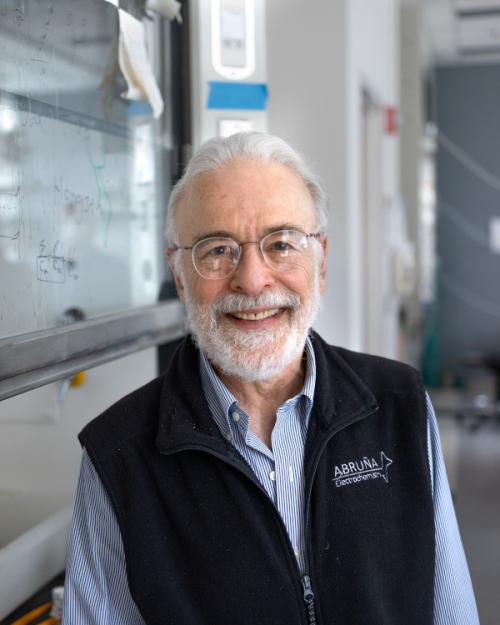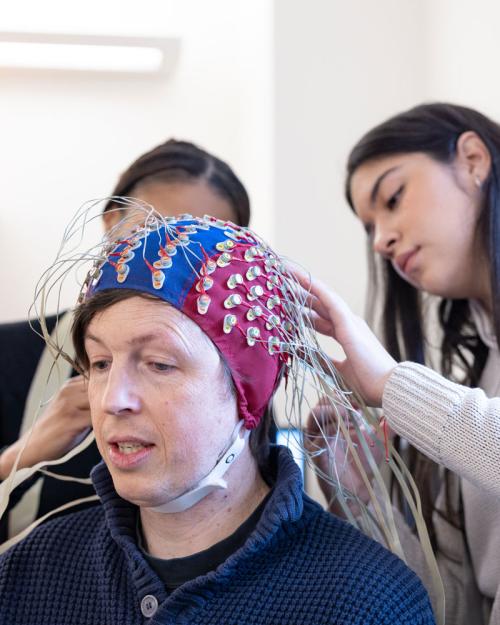Nestled within the walls of Martha Van Rensselaer Hall, Cornell University's newest EEG Lab is a cutting-edge facility dedicated to unraveling the complexities of human cognition. EEG, or electroencephalography, is a noninvasive technique that measures the brain's electrical activity, providing valuable insights into neural processes.
“This new space is so special because it’s available to all researchers,” said Vivian Zayas, professor of psychology in the College of Arts & Sciences and one of the lab’s inaugural faculty investigators. As a shared resource, the EEG lab empowers scientists from multiple disciplines to delve into the mysteries of the brain, the epicenter of everything we do, think and feel. Interdisciplinary department usage is critical because it could lead to breakthroughs in fields ranging from psychology to neurology to artificial intelligence.
Cornell's journey into creating a shared EEG space began in 2010 when The Human Development Department assembled its first general-use EEG lab in MVR. It was moved to Martha Van Rensselaer Hall in 2013 and closed in 2018 due to space limitations. Now, thanks to the psychology department and work from Associate Professor Khena M. Swallow (A&S), former graduate student Adam Broitman and Karen Sasmita, the lab has reopened for anyone interested.
James Dalton Rounds, lab assistant and doctoral student in psychology, highlighted the importance of collaboration in scientific inquiry and the benefits of researchers having access to multiple campus EEG labs. He explained that shared facilities like the psychology department’s EEG lab are essential in an era plagued by the replication crisis, where the reliability of research findings is often called into question. Access to multiple research spaces allows Zayas’ team to replicate experiments on different equipment in unique environments, mitigating the risk of biased results and promoting scientific rigor.
One of their current research projects is understanding the brain's response when individuals harbor conflicting subconscious feelings about themselves. According to previous research, our brains naturally produce positive and negative thoughts when we self-reflect. Yet, little is known about how the brain's activity relates to our subconscious conflicting feelings. Zayas and Rounds are measuring brain activity using EEG to investigate.
The lab also has a strong commitment to inclusivity. Traditionally, hairstyles such as braids and locks have posed challenges for standard EEG caps and gels because researchers didn't have the knowledge, confidence and tools to overcome hair-style-related barriers to participation, making it difficult to obtain accurate readings from individuals wearing these hairstyles.
Cornell Psychology Department’s EEG Inclusion Project stemmed from participant feedback when an undergraduate questioned why hairstyles prevent people from being EEG participants. Faculty members, recognizing the importance of representative data, are on a journey to reimagine EEG equipment to accommodate all hair types and styles. Researchers say the project could pave the way for more inclusive research practices, with implications that extend far beyond the lab’s walls.
“Cornell cares about belonging and connection,” Zayas said. With shared, diverse resources, EEG studies can accurately reflect the population and uncover previously obscured insights, leading to more effective interventions, treatments and policies, she said.
Hannah Mitchell is a communications assistant for the College of Arts and Sciences.




